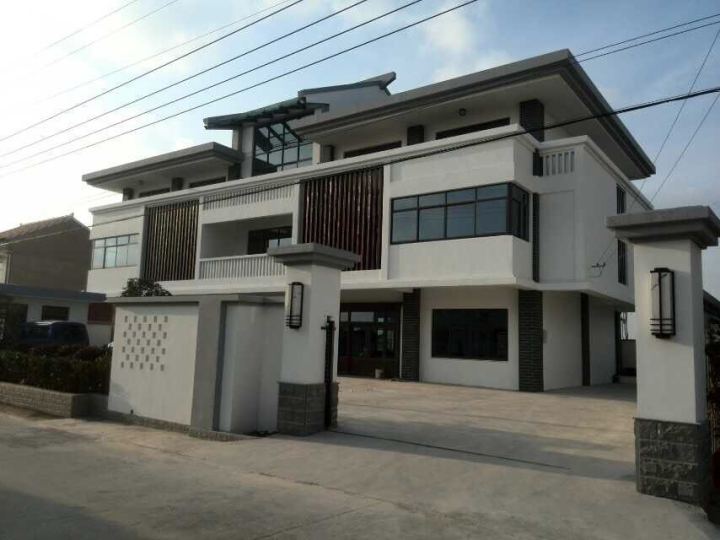
In the pursuit of a personalized living experience, small detached self-built houses have gradually become the dream choice for many families. The rise of prefabricated building technology has added new momentum to realizing this dream. Compared with traditional construction methods, prefabricated buildings offer unique advantages that make small detached self-built houses easier, more efficient, and environmentally friendly.
The greatest advantage of using prefabricated buildings to construct small detached self-built houses lies in environmental protection and efficiency. Traditional self-built houses generate a large amount of dust and noise on site, as well as piles of construction waste, which not only affects the surrounding environment but also takes time and effort to clean. Prefabricated construction shifts most component production to factories, where standardized production processes reduce material waste, the construction site remains clean and tidy, and wet operations are greatly reduced, effectively minimizing disturbances to nearby residents. At the same time, factory-prefabricated components are not limited by weather conditions, allowing multiple processes to proceed simultaneously. While traditional self-built houses may require several months to complete, prefabricated building methods can often shorten this time by nearly half, allowing people to move into their cozy homes much sooner.
In terms of quality, prefabricated buildings also provide reliable guarantees. Factories possess professional production equipment and strict quality inspection systems, ensuring that produced components such as walls and floor slabs have high precision and stable quality. For example, prefabricated load-bearing walls have strength and stability far surpassing traditional masonry walls and can effectively resist earthquakes and other natural disasters. Additionally, the component connection technology of prefabricated buildings is mature, with good sealing properties, effectively avoiding common problems in traditional self-built houses such as wall cracks and roof leaks, thereby significantly extending the building’s service life.
Small detached self-built houses using prefabricated buildings also enjoy greater flexibility in design. Through standardized module combinations, owners can freely customize the exterior appearance, room layout, and functional zoning according to family needs and personal preferences. Whether it is the romantic elegance of European style, the rustic charm of Chinese style, or the fashionable simplicity of modern minimalist style, prefabricated buildings can easily realize them. Moreover, prefabricated buildings can better integrate with smart home systems, creating a convenient, comfortable, and intelligent living environment for owners.
With the continuous development and popularization of prefabricated building technology, small detached self-built houses are ushering in new development opportunities. They not only meet people’s pursuit of high-quality living environments but also lead the new trend of green and smart construction, painting a brand-new blueprint for a better life.
Leave a Reply